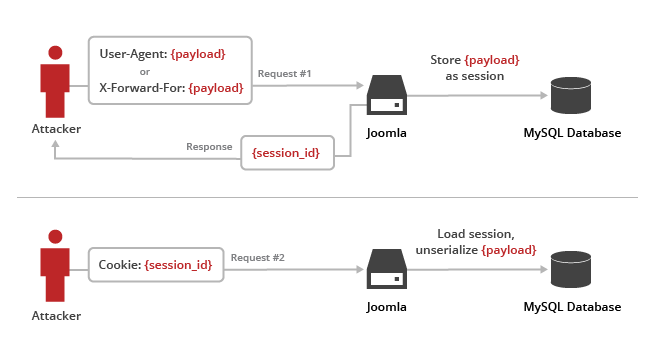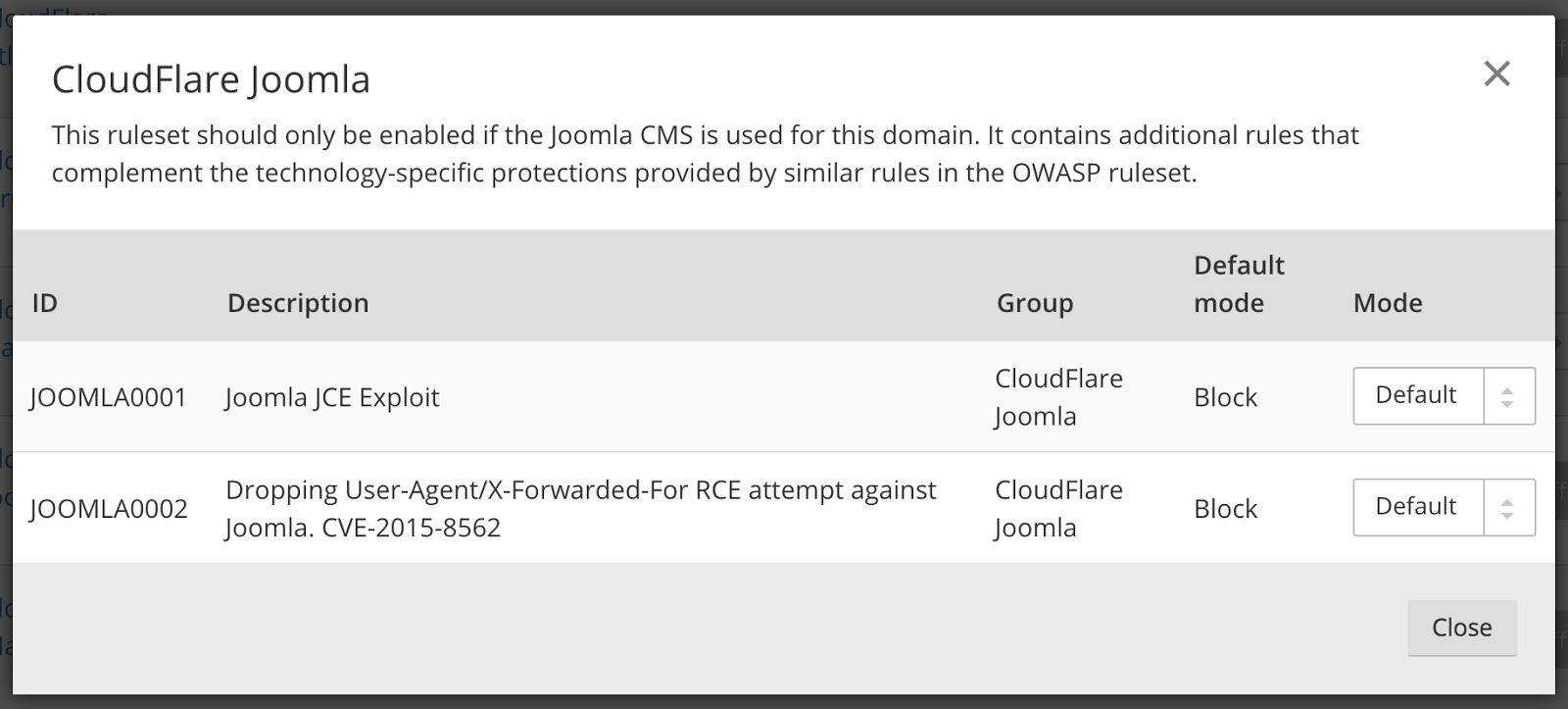Featured Video: Huawei Highlights Inaugural OPNFV Summit
 Huawei shares the high points of the 2015 OPNFV Summit in a featured video summary. Watch now!
Huawei shares the high points of the 2015 OPNFV Summit in a featured video summary. Watch now!
 Huawei shares the high points of the 2015 OPNFV Summit in a featured video summary. Watch now!
Huawei shares the high points of the 2015 OPNFV Summit in a featured video summary. Watch now!
 With the holiday season in full swing, it's only fitting that we continue to spread cheer, joy and a faster Internet around the world. To start the season we begin in Canada with NHL rivals Montreal and Vancouver, our 70th and 71st points of presence (PoPs) globally. Montreal and Vancouver, the 2nd and 3rd largest Canadian metropolitan areas, respectively, join our existing PoP in Canada's largest, Toronto.
With the holiday season in full swing, it's only fitting that we continue to spread cheer, joy and a faster Internet around the world. To start the season we begin in Canada with NHL rivals Montreal and Vancouver, our 70th and 71st points of presence (PoPs) globally. Montreal and Vancouver, the 2nd and 3rd largest Canadian metropolitan areas, respectively, join our existing PoP in Canada's largest, Toronto.
Together, CloudFlare's network in Canada is now milliseconds away from the country's 31 million Internet users. As of now, the web sites, mobile apps and APIs of all CloudFlare customers are delivered at a cool 6.1 million times the speed of the fastest slapshot (for the curious, the current NHL speed record belongs to Zdeno Chára of the Boston Bruins, whose slapshot clocked 108.8 miles per hour / 175.1 kilometers per hour).
Canada is not just one of the most wired countries in the world, with nearly 87 per cent of Canadian households connected to the Internet, but also one of the largest as measured by e-commerce transaction volume. According to Statistics Canada, Canadian enterprises sold more than US$100 billion in goods and services over the Internet in Continue reading
At CloudFlare, we spend a lot of time talking about the PoPs (Points of Presence) we have around the globe, however, on December 14th, another kind of POP came to the world: a vulnerability being exploited in the wild against Joomla’s Content Management System. This is known as a zero day attack, where it has been zero days since a patch has been released for that bug. A CVE ID has been issued for this particular vulnerability as CVE-2015-8562. Jaime Cochran and I decided to take a closer look.

In this blog post we’ll explain what the vulnerability is, give examples of actual attack payloads we’ve seen, and show how CloudFlare automatically protects Joomla users. If you are using Joomla with CloudFlare today and have our WAF enabled, you are already protected.
The Joomla Web Application Firewall rule set is enabled by default for CloudFlare customers with a Pro or higher plan, which blocks this attack. You can find it in the Joomla section of the CloudFlare Rule Set in the WAF Dashboard.

Joomla is an open source Content Management System which allows you to build web applications and control every aspect of the content of your Continue reading
 Brocade's Robert McBride & Vikram Singh answer DemoFriday questions. Read for more insights on how to simplify vCPE management.
Brocade's Robert McBride & Vikram Singh answer DemoFriday questions. Read for more insights on how to simplify vCPE management.

The post Worth Reading: Troubleshooting video applications appeared first on 'net work.

A tradition at the Disney Parks in Orlando is to hide Mickey Mouse symbols throughout. Sometimes they’re hard to find, sometimes they’re easy. This one wasn’t as easy as it looks.
The post Hidden Mickey: Animal Kingdom appeared first on 'net work.
In a previous post we described our work on a new netmap mode called single-rx-queue.
After submitting the pull request, the netmap maintainers told us that the patch was interesting, but they would prefer something more configurable instead of a tailored custom mode.
After an exchange of ideas and some more work, our patch just got merged to mainline netmap.
Before our patch netmap used to be an all-or-nothing deal. That is: there was no way to put a network adapter partially in netmap mode. All of the queues would have to be detached from the host network stack. Even a netmap mode called “single ring pair” didn't help.
Our final patch is extended and more generic, while still supporting the simple functionality of our original single-rx-queue mode.
First we modified netmap to leave queues that are not explicitly requested to be in netmap mode attached to the host stack. In this way, if a user requests a pair of rings (for example using nm_open(“netmap:eth0-4”)) it will actually get a reference to both the number 4 RX and TX rings, while keeping the other rings attached to the kernel stack.
But since the NIC is Continue reading
Working as an IT Architect often requries fast evaluation of the projects costs to make a rapid judgement on whether the costs exceed the benefit. Most of the time I use a spreadsheet to quickly lay out costs and decide whether it passes the sniff test for ROI. More recently I started using Soulver. Here […]
The post OS X: Using Soulver for Fast Design appeared first on EtherealMind.
The number of visits to my web site is slowly going down – you’re giving me a very clear signal that it’s time to stop blogging.
I hope you’ll manage to catch at least a few quiet days with your loved ones and I wish you all the best in 2016!
More in 3 weeks or so ;)
More than 1.000.000 new users from Brazil today and growing. If you've just joined, check this out: https://t.co/x1haKyjvzQ— Telegram Messenger (@telegram) December 17, 2015cumulus@cumulus$ smonctl -jThe following Python script, smon_sflow.py, invokes the command, parses the output, and posts a set of custom sFlow metrics:
[
{
"pwm_path": "/sys/devices/soc.0/ffe03100.i2c/i2c-1/1-004d",
"all_ok": "1",
"driver_hwmon": [
"fan1"
],
"min": 2500,
"cpld_path": "/sys/devices/ffe05000.localbus/ffb00000.CPLD",
"state": "OK",
"prev_state": "OK",
"msg": null,
"input": 8998,
"type": "fan",
"pwm1": 121,
"description": "Fan1",
"max": 29000,
"start_time": 1450228330,
"var": 15,
"pwm1_enable": 0,
"prev_msg": null,
"log_time": 1450228330,
"present": "1",
"target": 0,
"name": "Fan1",
"fault": "0",
"pwm_hwmon": [
"pwm1"
],
"driver_path": "/sys/devices/soc.0/ffe03100.i2c/i2c-1/1-004d",
"div": "4",
"cpld_hwmon": [
"fan1"
]
},
...
#!/usr/bin/env python
import json
import socket
from subprocess import check_output
res = check_output(["/usr/sbin/smonctl","-j"])
smon = json.loads(res)
fan_maxpc = 0
fan_down = 0
fan_up = 0
psu_down = 0
psu_up = 0
temp_maxpc = 0
temp_up = 0
temp_down = 0
for s in smon:
type = s["type"]
if(type == Continue reading